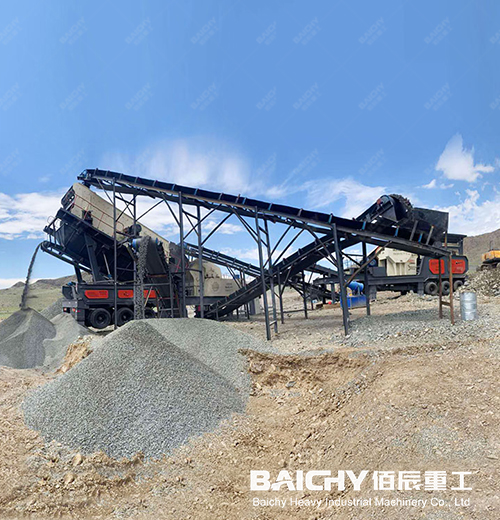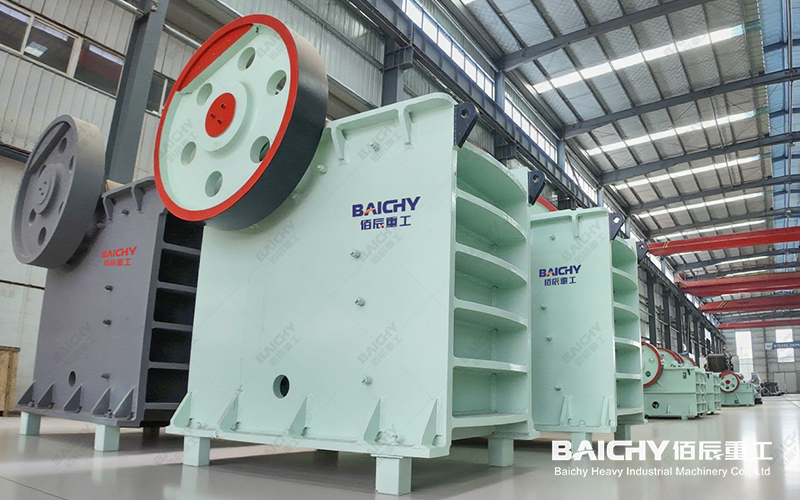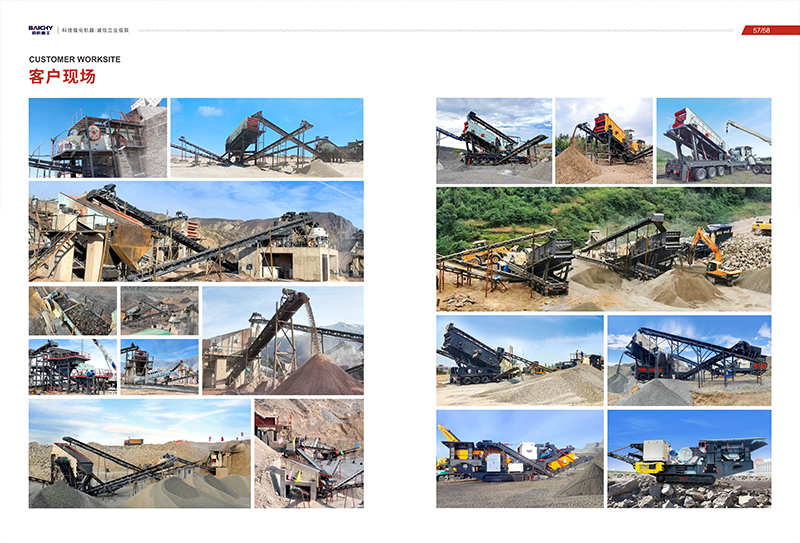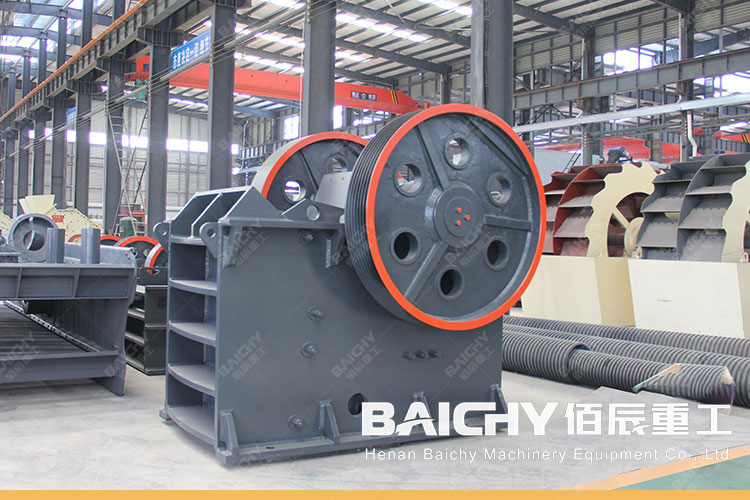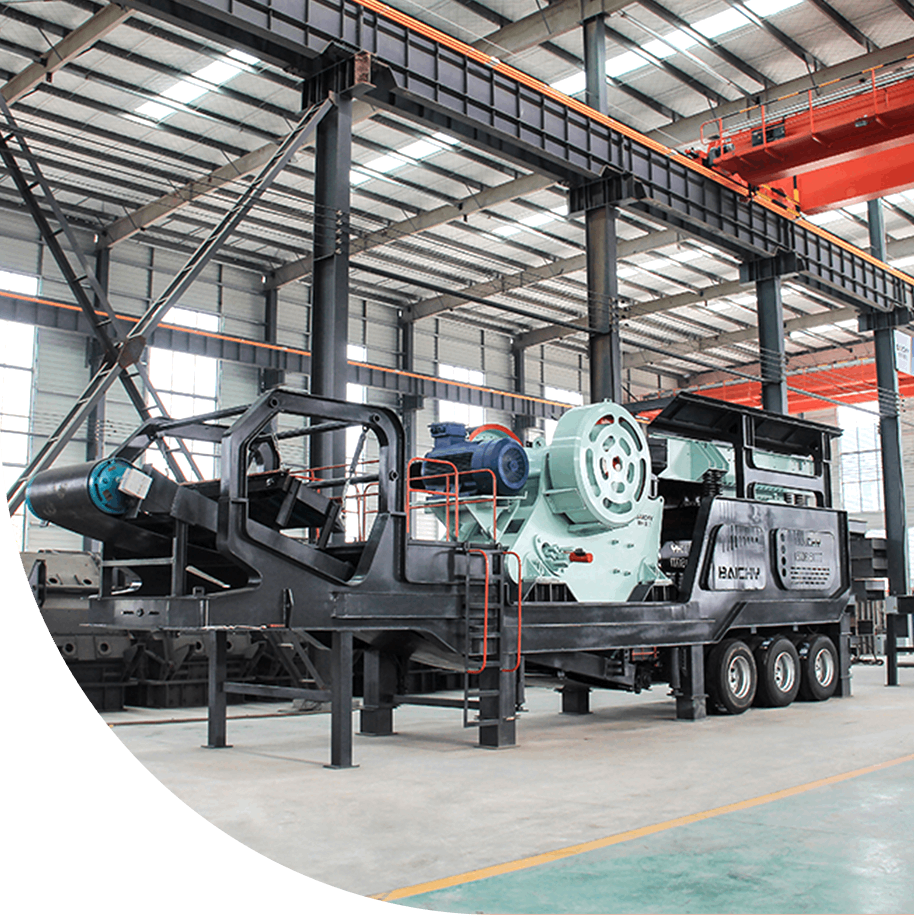Why Choose A Mobile Crushing Production Line To Process Basalt?
Basalt is a high-hardness, high-wear-resistant igneous rock that is widely used in building aggregates, highway construction and other fields. However, its high hardness also means that traditional fixed crushing equipment faces huge challenges in terms of efficiency, energy consumption and wear.
Mobile jaw crusher + impact crusher production line has become an ideal choice for processing basalt with its advantages of flexible transfer, efficient crushing and low operating costs. This article will introduce the configuration, advantages, applicable scenarios and successful cases of the 200TPH (200 tons/hour) mobile crushing production line in detail to help you find the best basalt crushing solution.
200TPH mobile jaw crusher + impact crusher production line core configuration
1. Mobile jaw crusher (primary crushing)
Model: PE-750×1060 (feed size ≤1000mm, discharge port adjustment range 150-300mm)
Advantages: high crushing ratio, suitable for the initial crushing of large pieces of basalt, wear-resistant lining to extend service life
2. Mobile impact crusher (secondary crushing)
Model: PF-1315 (rotor diameter × length 1300 × 1500mm, maximum feed size ≤500mm)
Advantages: efficient shaping, excellent finished product shape (polygonal particles, suitable for high-standard aggregates).
Why is the mobile crushing production line more suitable for basalt?
・Severe wear: Basalt has a high SiO₂ content, which causes great wear on the hammer head and liner.
・High energy consumption: Fixed production lines require multi-stage crushing, and mobile optimization processes reduce energy consumption.
・Site restrictions: The mine terrain is complex and the fixed line infrastructure cost is high.
FAQ about 200t/h basalt mobile crushing palnt
1. Why choose a mobile instead of a fixed production line?
• Flexibility: No infrastructure required, quickly put into production.
• Cost saving: Reduce transportation costs (raw materials do not need to be transported over long distances).
• Environmental protection: Reduce the spread of dust and noise on the site.
2. What are the difficulties in processing basalt? How to solve it?
Difficulty: Basalt has high hardness (Mohs hardness 6-7), which it difficult to wear equipment.
Solution:
• Choose a crushing chamber and hammer made of high manganese steel or alloy wear-resistant material.
• Optimize the crushing process (such as "jaw crusher + cone crusher" two-stage crushing).
• Regularly lubricate and maintain key components such as bearings.
3. What is the energy consumption of the equipment?
• Typical configuration power: 150- 250 kW (depending on the specific model).
• It is recommended to use frequency conversion technology to adjust the power according to the load and reduce energy consumption.
4. What are the specifications of the finished materials?
Different particle sizes can be obtained by adjusting the screen size:
0-5mm (machine-made sand), 5-10mm, 10-20mm, 20-31.5mm (common roadbed aggregate).


